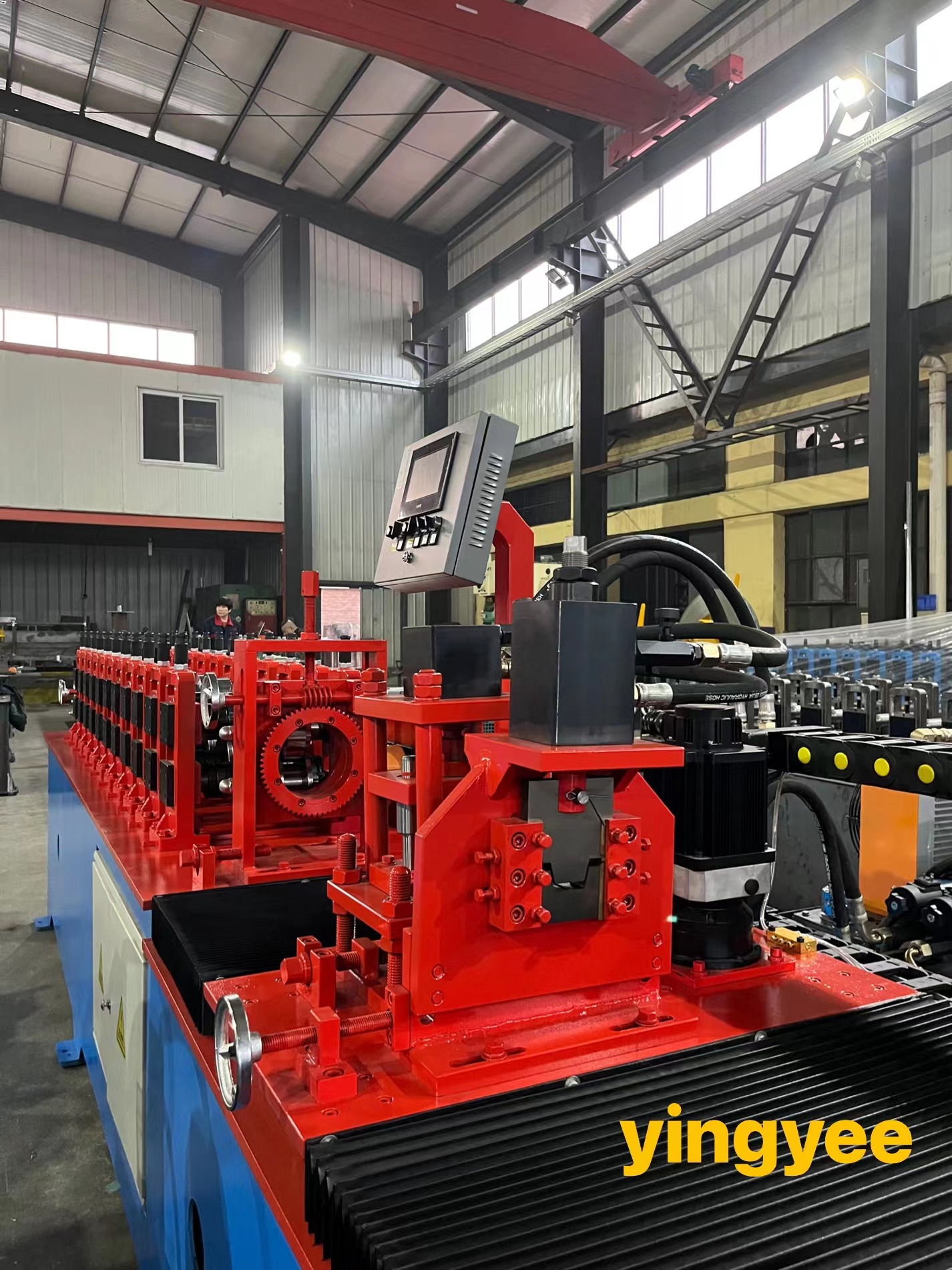
Understanding the Omega Roll Forming Machine
The omega roll forming machine is a specialized piece of equipment designed for the efficient production of omega-shaped metal components. Widely used in various industries, including construction, automotive, and manufacturing, this machine is praised for its precision, speed, and versatility. This article will delve into the working principles, advantages, applications, and maintenance of the omega roll forming machine.
Working Principles
The omega roll forming process involves the gradual shaping of metal sheets through a series of forming rolls. The raw material, usually in the form of steel or aluminum, is fed into the machine and passes through multiple pairs of rollers that progressively bend and shape the metal into the desired omega profile. The forming rolls are typically arranged in a sequential manner, allowing the sheet metal to be shaped incrementally until it reaches the final form.
One of the key features of the omega roll forming machine is its ability to produce long, continuous lengths of product. This makes it particularly useful for applications where long components are required, such as in construction framework or structural supports.
Benefits of Omega Roll Forming Machines
1. High Precision The omega roll forming machines are designed to maintain tight tolerances and ensure consistent quality throughout the production process. This level of precision is critical for components that need to fit together perfectly in their end applications.
2. Efficiency The continuous production process allows manufacturers to produce large quantities of omega profiles in a fraction of the time it would take with traditional manufacturing methods. This efficiency not only reduces labor costs but also minimizes material waste.
3. Versatility These machines can be configured to produce various omega profiles, making them adaptable to different production needs. By changing the tooling, manufacturers can create different sizes and thicknesses of omega shapes, allowing for customization based on specific requirements.
4. Durability and Strength Components made with an omega roll forming machine exhibit excellent strength-to-weight ratios, making them ideal for supporting structures that must withstand significant loads without adding excessive weight.
5. Automated Processes Many modern omega roll forming machines are equipped with automation technology, reducing the need for manual intervention. This increases production rates and enhances safety by minimizing human exposure to potentially hazardous tasks.
Applications

The omega roll forming machine finds applications in several industries
- Construction Omega-shaped profiles are commonly used in building frameworks, roofing, and as supports for various structures
. Their strength and durability make them ideal for use in both residential and commercial projects.- Automotive In the automotive industry, omega profiles are utilized in the production of various components, including reinforcements and chassis parts, contributing to vehicle safety and performance.
- Manufacturing From furniture to shelving systems, omega roll formed components play a crucial role in the manufacturing of a wide range of products, enhancing both aesthetics and functionality.
- HVAC The heating, ventilation, and air conditioning industry often relies on omega profiles for ductwork and other structural components that require precise fitting and durability.
Maintenance of Omega Roll Forming Machines
To ensure optimal performance and longevity, regular maintenance of omega roll forming machines is essential. Key maintenance practices include
1. Lubrication Regularly lubricating the moving parts helps prevent wear and tear and ensures smooth operation.
2. Alignment Checks Periodically checking and adjusting the alignment of the rollers can prevent defects in the final product and maintain the machine’s precision.
3. Inspection Routine inspections for wear, damage, and debris accumulation can help identify potential issues before they lead to costly breakdowns.
4. Cleaning Keeping the machine clean from metal shavings and other debris is crucial for preventing malfunctions and ensuring a safe working environment.
In conclusion, the omega roll forming machine represents a crucial technology in modern manufacturing. With its ability to produce high-precision components quickly and efficiently, it meets the diverse needs of various industries, contributing to enhanced productivity and improved product quality. By understanding its operation, benefits, applications, and maintenance, manufacturers can leverage this technology to remain competitive in the evolving market landscape.